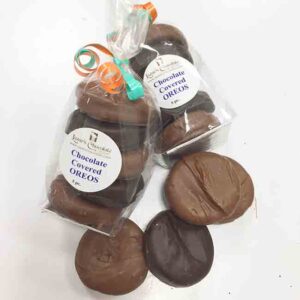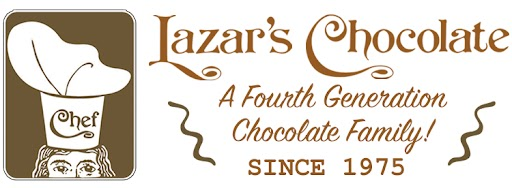 Chocolate comes in various styles and forms, each with its unique characteristics and production methods. Here are some typical chocolate styles:
Chocolate comes in various styles and forms, each with its unique characteristics and production methods. Here are some typical chocolate styles:
- Dark Chocolate:
- Contains a high cocoa content.
- Minimal sugar and no milk solids.
- Rich and intense flavor with potential fruity or floral notes.
- Often preferred by those who enjoy a less sweet and more robust chocolate experience.
- Milk Chocolate:
- Contains milk solids (milk powder or condensed milk) in addition to cocoa solids and sugar.
- Sweeter and creamier compared to dark chocolate.
- Popular for its smooth texture and mild flavor.
- White Chocolate:
- Made from cocoa butter, sugar, and milk solids, without cocoa solids.
- Creamy and sweet, with a distinct lack of the bitterness found in dark chocolate.
- Some argue whether white chocolate is a true chocolate due to the absence of cocoa solids.
- Ruby Chocolate:
- A relatively new variety made from specially processed ruby cocoa beans.
- Has a pinkish-red color and a unique berry-like flavor profile.
- Offers a balance between the sweetness of milk chocolate and the tartness of fruits.
- Gianduja:
- A chocolate and nut blend, often with hazelnuts.
- Originated in Italy and commonly used in pralines and spreads like Nutella.
- Bittersweet Chocolate:
- Similar to dark chocolate but may have a slightly higher sugar content.
- Commonly used in baking and cooking.
- Semisweet Chocolate:
- Contains a moderate amount of sugar.
- Often used in baking, especially in recipes like chocolate chip cookies.
- Unsweetened Chocolate:
- Contains 100% cocoa solids with no added sugar.
- Used primarily in baking and cooking, where sugar is added separately.
- Single-Origin Chocolate:
- Made from cocoa beans sourced from a specific region or country.
- Showcases the unique flavors and characteristics of the particular cocoa beans.
- Artisanal or Craft Chocolate:
- Produced by small-scale chocolatiers who often emphasize quality ingredients and traditional methods.
- May involve a single-origin approach or unique flavor combinations.
- Raw Chocolate:
- Made with unroasted cocoa beans to preserve more of the natural flavors and nutrients.
- Often associated with a more intense, fruity flavor.
These styles cater to a wide range of preferences, and chocolate enthusiasts often explore different varieties to discover their favorite flavor profiles.


Recent Comments